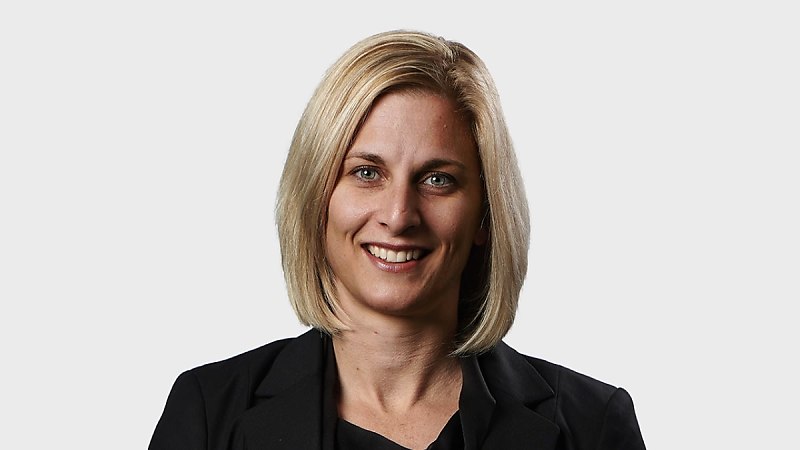Production paramount if including farm in an SMSF: expert
A farm or land must be deemed “productive” for inclusion in superannuation, says an expert in the field.
RSM Australia SMSF services director, Katie Timms, said having farming assets inside of super presents great opportunities, but it is important to understand the “intricacies” of these types of assets to ensure they meet all the regulations.
“There are nuances attached to primary production, the business and the land and the rules that apply from acquisition, arm's length rules, succession and intergenerational transfers, which is probably one of the biggest issues around this kind of estate planning,” she told delegates at the SMSF Association national conference last week.
“And the new Division 296 tax is an area where farmers are going to be impacted maybe more than they should be - even more than from carbon farming and carbon credits,”
Ms Timms said as farming is usually a family business, it often also encompasses the family home and is a multi-generational investment, not just one or two generations but sometimes up to four or five generations, which adds layers of complexity.
She said one of the main prerequisites concerning including property inside super is that it must constitute a business, and there is an intention to use the land to generate a profit from a commercial point of view.
“The things that I always like to talk to my clients about before we do any kind of farmland property purchase, is what's the plan for the land? Are you intending that this go to the next generation to farm? Is a superfund the right place for you to be putting this asset?” she said.
“There are also questions around how many titles they may want on the property, and how many children may be considered as part of succession planning. If you live on the farm, the house can be in a superfund and it is the only way that you can live on your superannuation fund asset, legally.”
She added, however, that what matters most is that the property is being used predominantly for primary production., which does not include things such as wind farms or solar farms, or even lease arrangements for telecommunication towers.
She continued that there is a GST exemption for farmland, but it does involve a lot of documentation and regulations, once again including that the property needs to be used in a primary production business, and as a farming enterprise for at least five years immediately before it is sold.
“And it needs to be continued to be used in a farming enterprise after the sale. The person that is purchasing it doesn't have to be the person running the farm so they can buy it or acquire it, and then lease it out to someone else as long as someone is farming it.”
She said there are concessions for getting farmland into super if clients are doing a related party acquisition in some states, but not all of them.
Generally, farmland can be either sold to an SMSF or transferred as an in-specie contribution, but if that method is used care must be taken not to breach the contribution caps.
Additionally, where the land is acquired from a related party, it is exempt from section 66 of the SIS Act, as it is considered to be business real property, and is therefore allowed.
However, transfer must be at arm's length, and market value, under section 109 of the SIS regulations.


